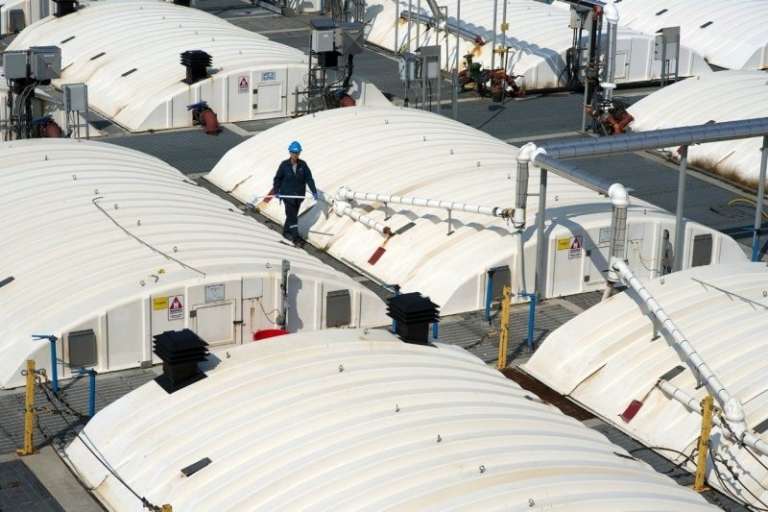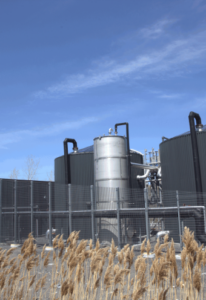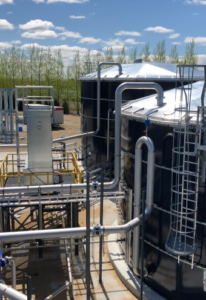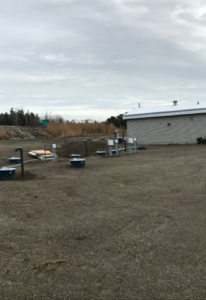
The Laronde Mine Advances towards Environmental Sustainability with UQAT and CEGEP
Over a span of five years, extensive research conducted at the LaRonde mine site has facilitated notable advancements in the treatment procedure for water contaminated with cyanide. This significant progress has been achieved through the collaborative efforts of researchers hailing from UQAT’s Institut de recherche en mines et en environnement and Cégep’s Centre technologique des résidus industriels. The results of their studies hold great promise in effectively addressing the issue of cyanide-contaminated water. Image credit: Photo: ©Courtesy—Agnico Eagle.
Following five years of dedicated work, a team of researchers from UQAT (Université du Québec en Abitibi-Témiscamingue) and Cégep de l’Abitibi-Témiscamingue has achieved a significant advancement in the treatment of water contaminated with cyanide at the LaRonde mine. This groundbreaking achievement holds the potential to be applied to other gold mines, marking a crucial step forward in addressing cyanide contamination.
Back in September 2013, both institutions had unveiled a momentous partnership involving the Institut de recherche en mines et en environnement, the Centre technologique des résidus industriels, Agnico Eagle, and Mabarex—a Montreal-based company specializing in wastewater treatment.
The research project, which received funding amounting to $1.1 million, saw contributions of $375,000 from the two companies and $732,350 from the Natural Sciences and Engineering Research Council of Canada. The primary objective of the project was to examine treatment methods for mining water contaminated with cyanide and its derivatives, which are substances commonly employed in the recovery of gold.
PRECIOUS BACTERIA
Researchers conducted an in-depth examination of the decyanidation system implemented at the LaRonde mine. While the system proved to be effective, it exhibited certain limitations. One prominent challenge was its susceptibility to fluctuations in the composition of the pulp requiring treatment. Additionally, the system faced difficulties in efficiently eliminating cyanide as well as toxic metals like arsenic, antimony, cobalt, and selenium.
Following a comprehensive characterization of the mine effluent at different treatment stages, a team of researchers led by Carmen Neculita, Thomas Genty, Robin Potvin, and supported by 15 students, proceeded to evaluate Agnico Eagle’s existing pre-treatment methods with regards to the effluent treatments.
As a direct result of their analysis, a new denitrification circuit was implemented, employing a bacterial process to effectively regulate the acidification of wastewater. This breakthrough has significant implications, as the findings and methodologies can be adapted for application in other gold mines. Consequently, the LaRonde mine has emerged as a pioneering force in the field of biological mine water treatment in Quebec, further solidifying its position as a leader in sustainable mining practices.
Excerpt from La Frontière / Le Citoyen,
by Patrick Rodrigue,
published March 23, 2018







No comment yet, add your voice below!